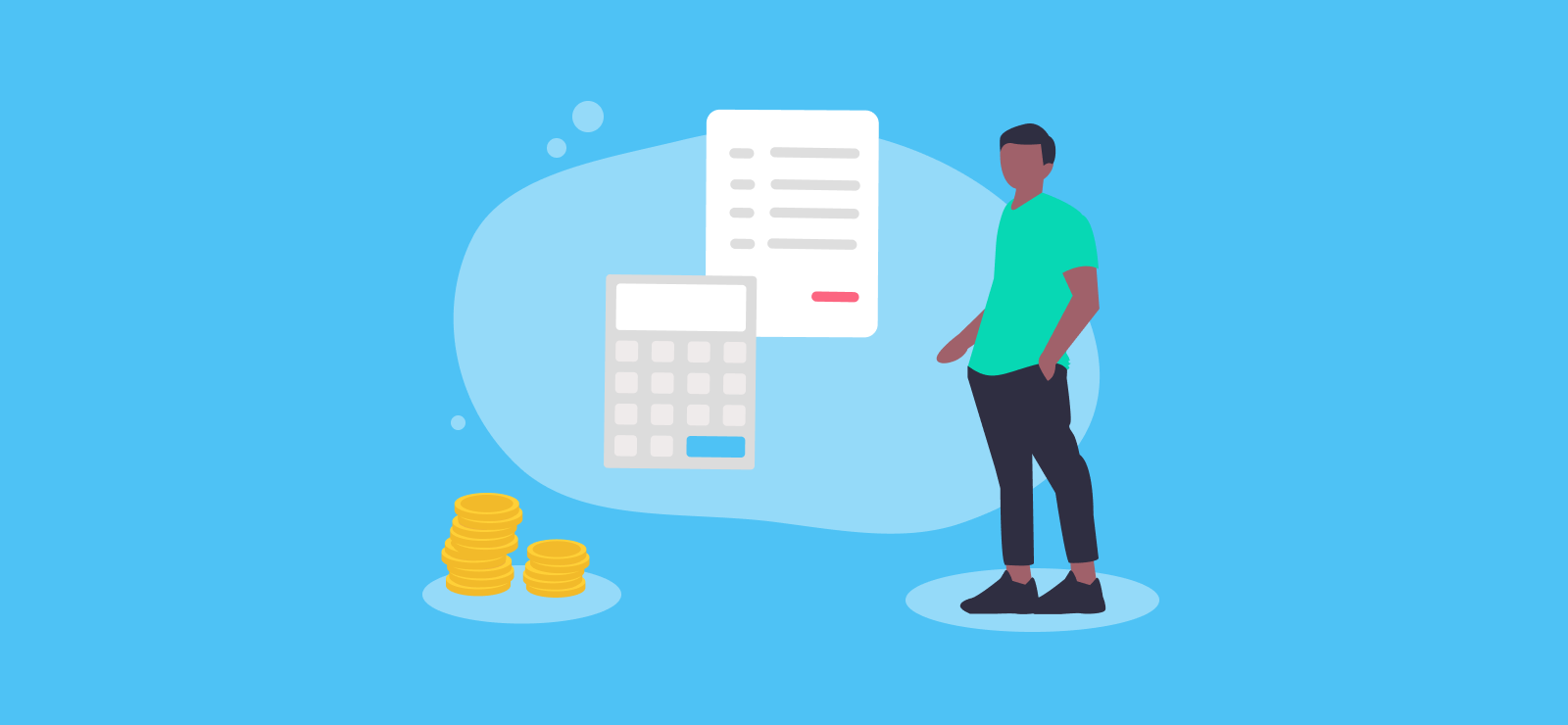

Am I Paying the Right Amount of Tax?
No one wants to pay more tax than they have to, but not paying the right amount can leave you out of pocket at best. In this article we’ve given a brief overview to help you make sure you’re on the right track.
How to check you’re paying the right amount of tax
It’s your responsibility to check you’re paying the right amount of tax each year, even if you work for an employer who deducts tax on your behalf through Pay As You Earn (PAYE).
If you receive other income, such as from property or you’re self-employed, you might also need pay tax directly to HMRC. For instance, someone who works on the side as a sole trader might need to pay income tax through Self Assessment.
It can get a bit confusing, but there are ways to check that you’re paying the right amount of tax.
Checking your payslips if you work for an employer
If you work for an employer, you should receive a payslip on or before each payday. Amongst other things, your payslip will show:
- How much you earned (the gross amount)
- The details of any deductions they made (such as for tax and National Insurance)
- The amount you’ll be paid once all the deductions are made (your net pay)
If you think it might be wrong, our article goes into more detail about what to do if an employer makes a mistake with PAYE.
Check your CIS Statement if you’re a subcontractor working in the construction industry
If you work in the construction industry as a subcontractor, the contractor you carry out work for will normally make deductions for tax from the amount they pay you as part of their requirements under the Construction Industry Scheme.
The contractor should give you a CIS statement each time they pay you, showing a breakdown of the payments and deductions they make. You can check these to make sure that they’re deducting the right amount of tax based on your CIS registration status.
Using your Personal Tax Account to check tax and contributions paid
You can use the Gov.uk website to check your Personal Tax Account, as well as calculate how much Income Tax you should be paying. It’s simply a case of signing up so you can see things like your current employer, estimated yearly income, and estimated income tax.
Small updates, like changing your employer, can also be done in the ‘Income’ section, but bigger changes like your earnings for this year, will need to be made on the phone. You’ll also find details about your Self Assessment tax returns (if they apply to you).
What happens if you pay too much tax?
Your earnings, your Personal Tax Allowance, and any other contributions you’ve made are all factors in how much tax you need to pay. If you think that you’ve paid too much tax, you may be able to claim back any overpayments up to four years after they happen.
How do I claim a refund if I’ve paid too much tax?
HMRC will ultimately decide if you’re due a refund of overpaid tax or not. If a rebate is on the cards, HMRC will tell you what to do next to make your claim. This will usually involve either making a claim online or you might need to fill out a form. As well as your P60, you may need to provide other evidence like recent payslips.
What happens if I don’t pay enough tax?
HMRC will usually write to you if they think you haven’t paid enough tax – normally in the form of sending a P800 tax calculation letter following the end of the tax year.
Much the same as making an overpayment, there are lots of possible reasons why this can happen, such as because you:
- Changed your job or retired
- Became semi-retired
- Are in receipt of certain taxable benefits
- Got an additional job
- Started claiming a pension
- Have untaxed income you need to declare
- Need to claim extra expenses or allowances against your tax
- Are widowed or your civil partner has passed away
- Entered or left the UK from abroad
- Get extra expenses payments or benefits from your employer in addition to your usual earnings
This isn’t an exhaustive list, so it’s well worth speaking to your accountant if you’re not too sure.
If HMRC decides you do owe tax, you’ll have a couple of options to pay. Sometimes you can spread payments out over an extended period if paying in one lump sum isn’t possible. Bear in mind that certain fees, charges, and interest may also apply, so again, it’s well worth speaking to an accountant.
Paying tax through your tax code
To help make sure you pay the correct amount of tax, HMRC gives everyone a tax code. This tells your employer how much tax to deduct from your wages each time they pay you, so that they pay it on to HMRC correctly.
If you have underpaid the tax that you owe, or if you need to pay tax on self-employment income, you can ask HMRC to collect this through your tax code. Your employer will continue to make PAYE deductions from your pay as normal, and at the same time will also collect the other tax you ask to pay this way.
It might not be an option if you don’t want your boss to know about your side-hustle!
Don’t be tempted to leave it, because paying the wrong amount of tax – whether too much or not enough – rarely has any benefits!
Do I get a tax allowance?
The good news is there are quite a few different types of tax reliefs and allowances available, which can reduce how much tax you have to pay. Again, this is where it’s well worth speaking to an experienced accountant as there may well be some you’ve never even heard of (or are horribly complicated – looking at you, Capital Allowances).
For example, some reduce the amount of money you need to pay tax on, while others reduce the actual amount of tax itself you have to pay.
There are many, many tax allowances out there so we’ll just cover the two main ones – the personal tax allowance and the trading allowance.
Tax-free Personal Allowance
Your tax-free Personal Allowance is the amount you’re able to earn in a tax year before you start to pay Income Tax (tax years run from the 6th April to 5th April). Sometimes you’ll hear it just called your “tax-free allowance”.
If you’re employed, your Personal Allowance will be automatically applied through your employer’s PAYE system. It’s reviewed each year, but for the 2024/25 tax year the Personal Allowance threshold is currently set at £12,570. In other words, you don’t need to start paying income tax until your income exceeds £12,570 during the tax year.
What is the trading allowance?
Got a little side hustle going on? Maybe you sell a few things regularly on eBay or earn some occasional cash babysitting or dog walking. If so, the trading allowance is for you.
Basically, the trading allowance means you don’t have to pay any tax or National Insurance on miscellaneous or casual income of up to £1,000 per tax year. It doesn’t matter how you’ve earned the income, with many people simply making a bit extra by helping out a friend or selling items they’ve made. Many people in the gig economy also benefit from it.
However, as soon as you earn more than £1,000, you’ll then potentially need to start paying tax. Find out more in our article Can I Use the Trading Allowance?
If you run a small business, find out more about our online accounting services. Get an instant online quote or call us on 020 3355 4047.
Want to learn more?
Subscribe to our newsletter to get accounting tips like this right to your inbox

Read more posts...

The Accountancy Partnership – Our Positive Reviews
18th November 2024Here at The Accountancy Partnership, we’re proud of our customer reviews The reviews we receive from our customers show how hard we…
Read More
What’s the Most Tax Efficient Director’s Salary?
8th November 2024As a director you’re legally separate from your limited company even if you’re also the owner. This means you’re not allowed to…
Read More
What’s the Difference Between the National Living Wage and the National Minimum Wage?
7th November 2024The National Living Wage (NLW), the National Minimum Wage (NMW), and the Living Wage all sound confusingly similar, so understanding how they…
Read MoreConfirm Transactions
The number of monthly transactions you have entered based on your turnover seem high. A transaction is one bookkeeping entry such as a sale, purchase, payment or receipt. Are you sure this is correct?
Please contact our sales team if you’re unsure
VAT Returns
It is unlikely you will need this service, unless you are voluntarily registered for VAT.
Are you sure this is correct?
Call us on 020 3355 4047 if you’re not sure.
Bookkeeping
You will receive our bookkeeping software Pandle for free, as part of your package.
You can use this to complete your own bookkeeping, or we can provide a quote to complete your bookkeeping for you.
Please select and option below:
Call us on 020 3355 4047 if you’re not sure.

